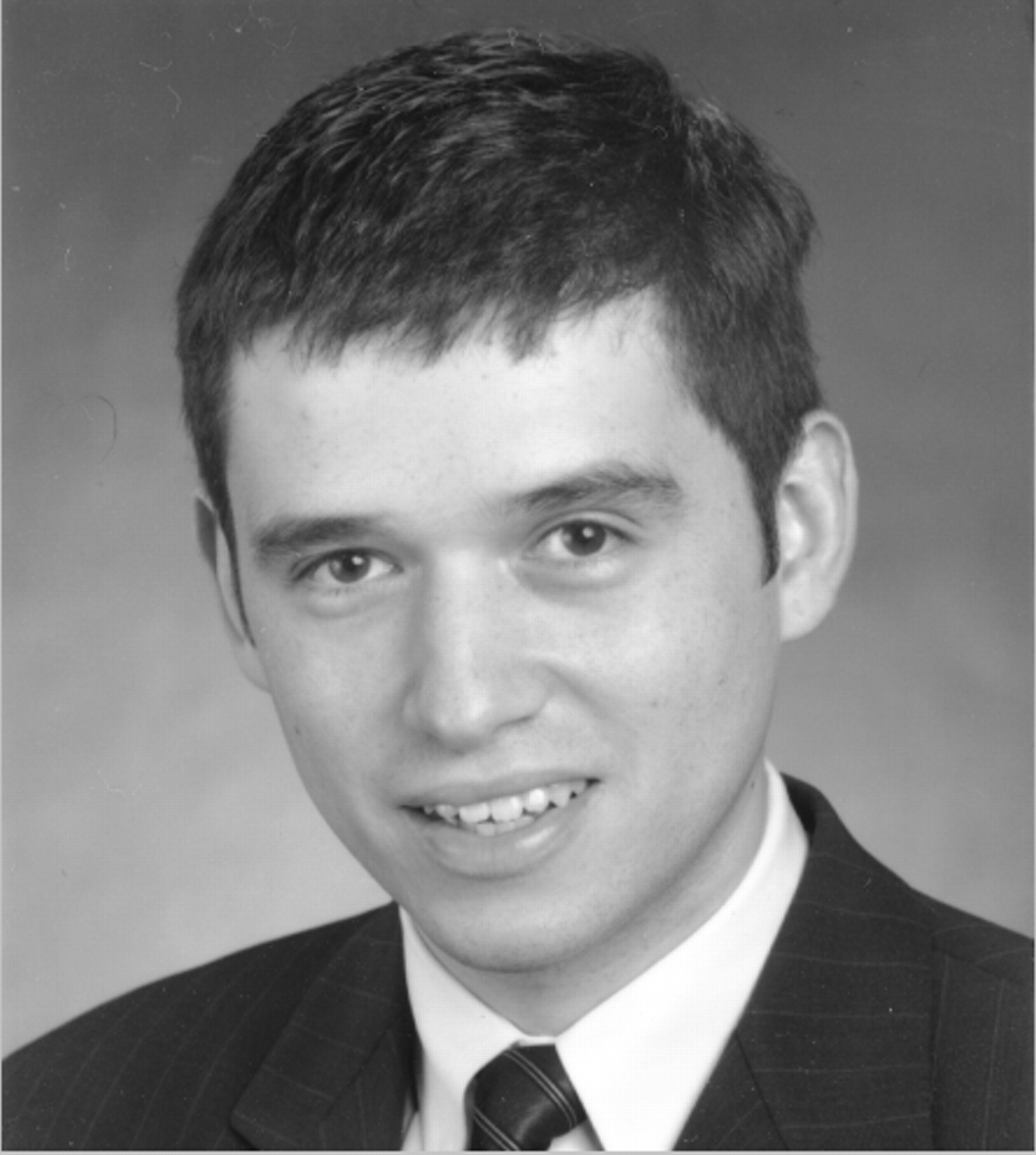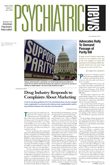The leadership of the American Psychological Association has been pursuing “prescriptive authority” for psychologists for a number of years, with the ultimate goal of obtaining unsupervised prescription privileges for psychologists in all 50 states. Many medical and nonmedical authorities, including prominent members within the American Psychological Association, have criticized such efforts as being driven purely by economic interests, with evolving strategies motivated by the likelihood of legislative success. Indeed, it is quite surprising to me that in an era when psychotherapeutic interventions are starting to reveal powerful efficacy rates in randomized controlled trials, the American Psychological Association leadership has virtually abandoned an effort to standardize their psychotherapeutic training in favor of pursuing prescriptive authority.
The American Psychological Association cites the shortage of psychiatrists in rural and traditionally underserved communities and proposes that psychologists could address this disparity of care if granted the right to prescribe. Their efforts have paid off in New Mexico, where Governor Gary Johnson (R) has signed a bill granting what amounts to unsupervised prescription rights to psychologists (as it looks so far, after completion of an approximate 400-hour pharmacotherapy course and one year of supervised practice, although these requirements could still be changed) (Psychiatric News, April 5).
These efforts continue to gain popularity with state-level legislators who are trying to address the needs of their underserved populations in the most expeditious manner. However, there is insufficient evidence to support that psychologists would relocate to rural areas or that such a measure would improve mental health care in these communities. Statistics show that psychologists and psychiatrists tend to follow similar patterns of regional distribution, with the greatest density being in the Northeast and the lowest in the South and Midwest.
Many in our profession feel confident that our training as physicians will always give us the advantage vis-à-vis lesser-trained clinicians in managing side effects like weight gain, impotence, and visual, cardiac, immune, hematological, and hemodynamic compromise. Some even welcome prescriptive privileges as a “proverbial noose” of future litigation for nonphysicians. In contrast, there are those who suggest that if put through a standardized, rigorous training program, psychologists (and why not social workers, case managers, and schoolteachers?) could effectively prescribe a limited number of drugs with minimal, if any, need for supervision. The number of programs that claim to offer psychopharmacological training continues to grow throughout the United States.
In my opinion, there is a broader issue that policymakers and politicians will need to address eventually. There continues to be an increasing effort by organized allied health care providers to train more nonphysician clinicians (for example, nurse practitioners, nurse midwives, nurse anesthetists, chiropractors, naturopaths, and nurse specialists) and to expand their prescriptive and reimbursement authority to eventually practice as independent primary care providers. Many of their arguments are similar to those of the American Psychological Association, in that enhanced privileges will encourage these practitioners to relocate to underserved rural communities. Not only is there a lack of evidence that they will move to underserved areas, but they enjoy living in the same geographic areas that federal government statistics show are already “oversupplied” by physicians!
The traditional theory of supply and demand supports the notion that there would be a strong demand for practitioners up to the point that our health care system reaches a surplus of practitioners (which would be evidenced by their higher unemployment rates, lower workloads, and decreased growth in health care spending). While this generally holds true in efficient and competitive markets, in reality health care is not subject to these simple market forces. Many economists note that the demand for health care is inelastic, meaning that demand for health services remains stable despite increases in cost. Individual consumers (and practitioners) attain greater utility with increased utilization of health services; thus, demand is described as insatiable. Indeed, our record shows that health service utilization is likely only to be curbed by external constraints such as those imposed by HMOs or government regulation. It has also been recognized that unrestricted growth of allied health practitioners is contributing to the rapid rise in health care expenditures in the United States; as many economists note, when supply increases in the health sector, so does demand. This could explain why there might be an oversupply of practitioners yet health care training programs can continue to grow and still provide very high job placement rates in already saturated markets for their graduates.
Many opponents also propose that there would be a detrimental effect on quality of care. As the number of less-trained health practitioners with ever-increasing privilege authority continues to grow, so too would the use of unnecessary medications and diagnostic tests and subsequent need for management of side effects and false-positive results (remember sensitivity and specificity?). Furthermore, as the methods employed by one coalition of providers proves successful at obtaining more privileges, other coalitions will seek to obtain those same privileges to gain competitive advantage.
The estimated supply of nonphysician clinicians in training continues to grow at multiple times the rate of physician trainees, and soon their supply will overshadow that of all M.D.s and D.O.s. As health care expenditures continue to rise as a percentage of GDP, and business leaders continue to put pressure on politicians to decrease the rate of growth, the limitations in access to basic care continue. For example, the tepid mental health parity bill that allowed insurance companies to opt out if they could demonstrate a 1 percent increase in health expenditures was defeated late last year for fears of further uncontrolled increases in health care costs.
As the leadership of the American Psychological Association attempts to convince legislators of the need to obtain prescriptive privileges to provide adequate care, that association only diminishes the work and accomplishments of its own members and the legitimacy of its current scope of practice throughout the United States. More important, the proposed changes ultimately fail to address the disparities in access to care. I propose that all mental health care practitioners increase organized efforts toward more common interests. Our lack of unity has kept us from achieving legislative successes in more pertinent areas such as mental health parity and improving access to care. With solidarity we could propose the best strategy for legislators to ensure an optimal and more equitable system. ▪

